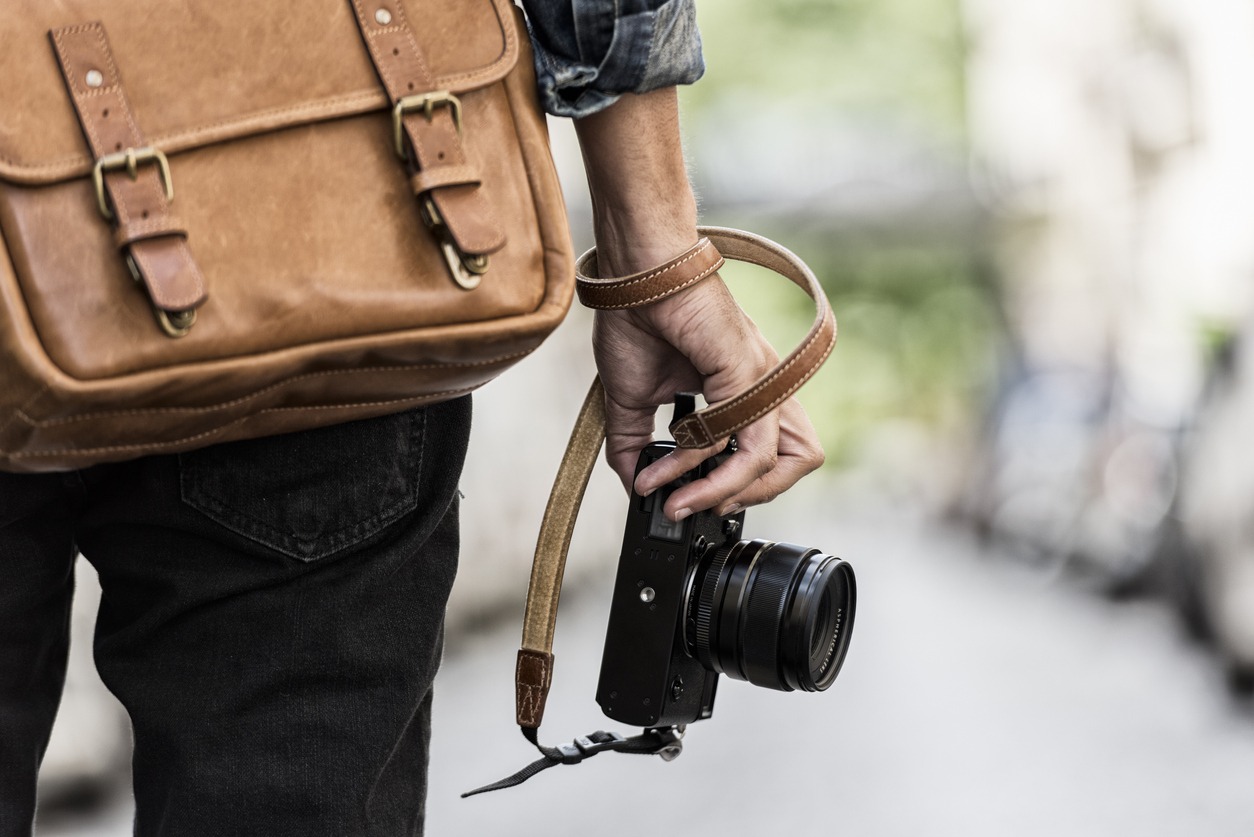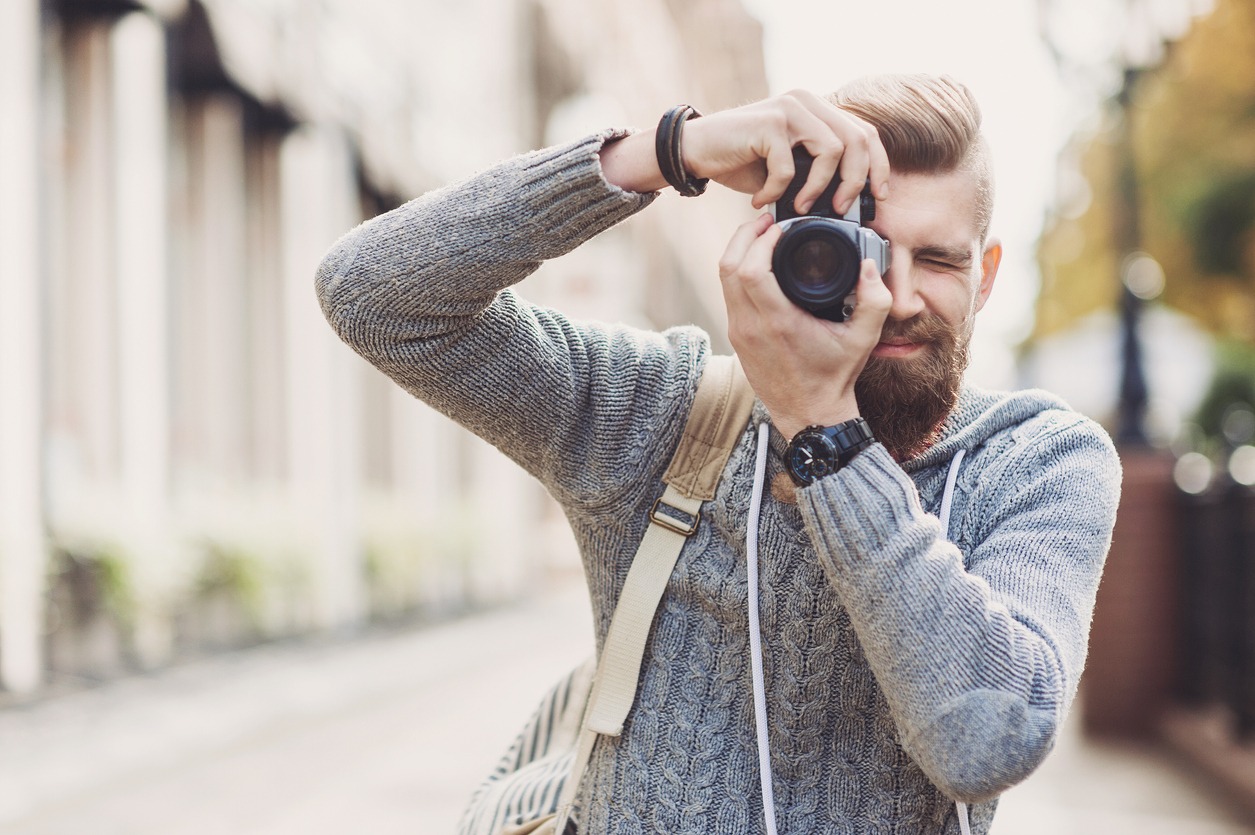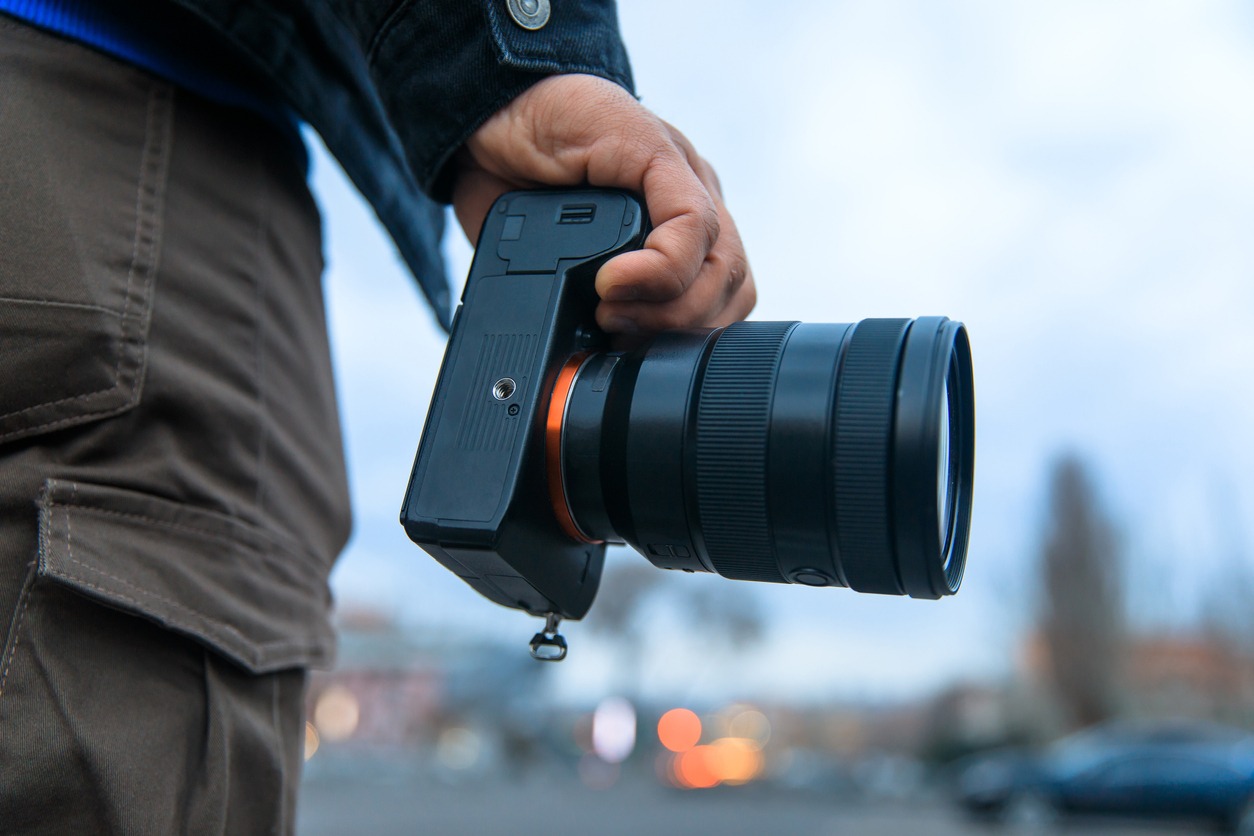Street photography is a niche in general photography where you capture candid moments in everyday life. The purpose of this kind of photography is to capture life as it happens. You can use a camera to do this, but you need to have the proper equipment to make your job easier and create exciting shots.
Since street photography involves candid photography, you need to be discreet and ensure that all of your gear is portable since you will be moving around a lot. This means that you cannot have large lenses and giant tripods. Street photography calls you to be creative with your gear and only use the bare minimum to capture pictures of those around you.
Tips To Get Started With Street Photography
If you are new to street photography, it is essential that you know your surroundings to be able to capture a good shot. One of the first tips that professionals give is to have patience. You should look for a good location and wait for that perfect shot. If you keep walking, you may find some cool places, but you won’t be able to capture them properly. You must wait for a bit and be ready with your camera. You should also always have your camera with you, and make sure it’s charged and has enough memory. Keep an eye out for interesting compositions, light, and shadows, and be ready to act quickly when a good opportunity arises.
When taking pictures of strangers, it is vital that you do not alert them. When you have taken your picture, you should hold the camera in place until the subject leaves the frame. If you instantly put your camera down after you have taken the photo, it may alert them. It is important that you remember that you are photographing real people in real situations, so be mindful of their privacy and be respectful of their rights.
Another great tip is to photograph where you live. Most beginners believe that you need to have an interesting area to shoot. Still, in actuality, if you live in a highly populated area, it is already interesting enough for street photography.
What Do You Need for Street Photography
Although street photography can be done with a simple camera, if you want to take unique shots, you must have some gear to make the most of an image. Various pieces of equipment can help you up your street photography game. It’s also important to be aware of your surroundings and be respectful of your subjects, as well as the laws and customs of the area you’re photographing.
Cameras
Street photography can be done with any kind of camera. You can use a mirrorless camera, a DSLR, a point-and-shoot, an action camera, and even a smartphone. The quality of the image produced will depend on the kind of camera and lens you are using.
When choosing a camera for street photography, you must choose one that is lightweight. The weight of your camera plays a massive role in street photography because you often need to walk a lot. The heavier your camera is, the more quickly you will get tired. Ensure that the camera you choose for street photography is small and can go unnoticed by people. Since most people shy away from cameras, the more inconspicuous it is, the better.
Your camera should also have a high-speed burst shooting mode. In candid photography, it is crucial to capture the exact moment, which barely lasts a second or two. If your camera takes longer than 2 seconds to shoot, you will likely lose that golden shot. Burst mode also allows you to take multiple pictures simultaneously, so you can choose from numerous images. Your memory card speed must also be high for this function to work smoothly.
| Type of Camera | Description |
| DSLR | DSLR cameras are expensive cameras that are used for professional videography and photography. They have exceptional quality and are well-loved in the photography community. |
| Mirrorless cameras | They provide the same quality as DSLR cameras but are much more compact. They are more expensive than DSLR cameras. |
| Action cameras | Action cameras are the smallest kind of cameras that can shoot dynamic shots at a moment’s notice. Action cameras are rugged and portable. |
Lenses
Many lenses can be used for street photography, but the main ones are telephoto lenses, wide-angle lenses, and standard lenses. All of these have their own advantages and disadvantages that need to be considered. Depending on the kind of pictures you want to take, you may prefer one over the other.
Telephoto lenses are preferred by many street photographers. This is because it allows you to take closer shots of people without getting physically close to them. This is beneficial for both you and the person you photograph, as they may be uncomfortable with someone getting close to them with a camera. You can also use it to capture details in people, as the shots are entirely candid.
Wide-angle lenses allow you to capture the whole environment in one shot. These are incredibly useful when capturing wide shots, as you can catch the street’s happenings and multiple people in the photograph.
Some street photographers prefer standard lenses as they capture exactly what you see with your eyes, which truly captures the essence of street photography.
Once you have selected the kind of lens, you need to decide whether you want it to be fixed or zoomed. Fixed lenses have three advantages. Firstly, you are able to get new and different angles if you move around. You can also get good framing and be innovative with how you compose the shot. Secondly, they allow you to know exactly how the shot will look before you take it. Thirdly, they are much smaller than zoom cameras, meaning you can easily carry them around with you. They are also easier to hide, and you can use them to take shots in areas where there is less light.
On the other hand, zoom lenses are versatile and comfortable to use. You can use them as a wide-angle lens or a small telephoto lens. This means you can photograph any subject, no matter how far away it is from you. There are a few disadvantages to using this kind of lens, which includes its size and weight. Zoom lenses tend to be bigger in size and are heavy, too, making them slightly challenging to travel with.
Backpacks and Shoulder Bags
Alongside your photography gear, you must have a backpack or shoulder bag in which you can carry all your photography gear. When choosing a backpack to take with you on a street photography outing, ensure that it can protect your equipment and carry it comfortably. It should also be inconspicuous enough so that you do not draw attention to yourself.
Whichever bag or shoulder bag you choose should also have direct access so that you can take out your desired item without changing the bag’s position. You can also opt for a camera bag that is explicitly designed to carry camera equipment. These bags have separate compartments where you can place your camera, lenses, lens cleaning equipment, and other accessories that you may need.
Tripods
Depending on the kind of pictures you are trying to take, you may or may not need a tripod. A tripod allows you to stabilize your camera so that you can take blur-free shots. Using a tripod, you can also shoot at slower shutter speeds and in low-light conditions. You can also capture long-exposure images. Although most cameras come with an image stabilization system, you may want to get a separate tripod to ensure extra stability.
When purchasing a tripod for your camera, ensure that you purchase one that is small and portable. If your tripod cannot fold to a small size, you will have trouble carrying it. Additionally, ensure that you pick one made using carbon fiber, as those are lightweight yet extremely stable.
Wrist Straps
Street photography always requires you to have your camera in your hand because you need to be ready to take a picture in seconds. With a camera strap, you can keep the camera ready and your hands free. Since some cameras and lenses tend to be heavy, a wrist strap will greatly help you save energy.
A wrist strap also means the camera will be attached to you, so you do not need to scramble for it and lose precious time when taking a shot. It is important to note that having your camera out at all times can be dangerous, as someone can steal it if you are paying attention to it.
Camera Belt
A camera belt is another tool that can make your camera more accessible, allowing you to take photographs much faster. A camera belt will enable you to carry your camera on your waist, which can benefit those who have back problems and cannot carry a backpack. This tool is perfect for when you do not need additional lenses. If you need to have a secondary lens, most camera belts come with the option of clipping it to the other side of your belt. This allows the weight to be equally distributed. Having a camera belt is extremely useful if you travel on bicycles or motorbikes.
Smartphone
A smartphone is a great device to have when you are out on a photography adventure. It has many applications that can be extremely useful when shooting in the streets. Maps are one such application that can be extremely helpful. Even if you are in an unfamiliar location, having a GPS application will prevent you from getting lost. Such apps also allow you to mark locations so that you can remember them later or use them as a guide.
Additionally, high-end smartphones have extremely high-quality cameras that can be used instead of a DSLR or a mirrorless camera. Smartphones are usually small and conspicuous, which makes them perfect for street photography.
Wet Weather Gear
When shooting outdoors, it is vital that you are prepared to deal with all kinds of situations, including rain. To protect your gear and yourself, ensure that you have a plastic bag, an umbrella hat, or a camera raincoat. A plastic bag is the cheapest and most basic protection you can get for yourself and your camera. You can simply wrap the bag around the camera and secure it with a rubber band to secure it.
You can also purchase an umbrella hat that will keep your camera dry while taking photographs. The disadvantages of using an umbrella hat are that it may get into the frame and may also not hold well against strong wind.
If you want something that is designed especially for your camera, you can purchase a camera raincoat. These come in various qualities, forms and prices. They offer a clear perspective that allows you to view the camera’s back screen. They also make using the camera easier as you can easily access all of your camera’s buttons.
FAQs
1. Is a lens with 45mm suitable for street photography?
The most commonly used lens for street photography is a 35mm one. However, 45mm and 50mm are also excellent options as they allow you to make impromptu portraits.
2. What aperture should I use for street photography?
You should ideally use an f/8 to f/5.6 aperture when shooting outdoors and during the day. If you are shooting at night, you should limit your aperture to f/5.6 to f/2.8. These will ensure that your images have decent sharpness.
3. What shutter speed is best for street photography?
Professionals suggest that for street photography, your shutter speed should be between 1/10th and 1/40th of a second. This shutter speed lets you capture motion while keeping the image sharp. You should always set your ISO, shutter speed, and aperture according to the level of available light.
Conclusion
To excel in street photography, you should have appropriate gear that can help you in achieving high-quality results. The gear we listed above is best for street photography, you can opt for the one you don’t have. However, just relying on cameras and lenses won’t make you a professional street photographer, you need to have some knowledge to – Read our guide on how to become a professional street photographer.
Once you are able to capture amazing shots, you can also sell them online and make some money part-time – read our guide on how to sell photos online and make money.


